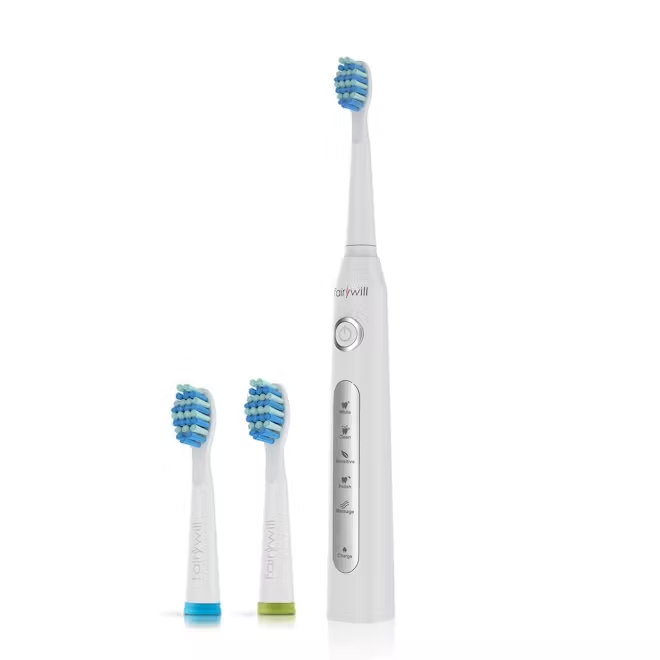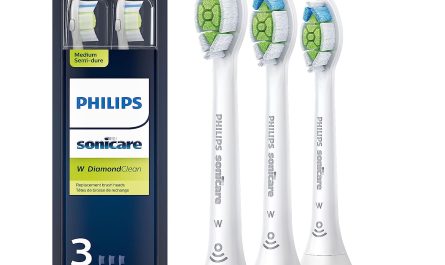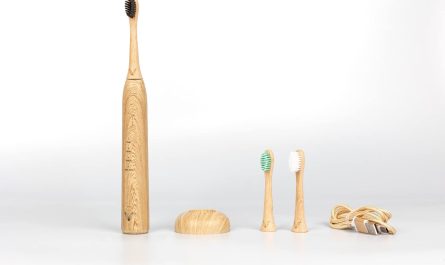In the modern age where technology pervades every aspect of our lives, the first electric toothbrush stands out as a revolutionary advancement in dental care. Emerging during a time when manual brushing was the norm, this ingenious device transformed the way people approached oral hygiene. Not only did it offer convenience and efficiency, but it also marked a significant leap forward in maintaining dental health.
The Birth of the Electric Toothbrush
The inception of the electric toothbrush can be traced back to the 1950s. Interestingly, it was not developed initially for mass consumer use. Instead, its creation served a more therapeutic purpose. Dr. Philippe-Guy Woog, a Swiss inventor, crafted the earliest prototype to aid patients with limited dexterity and orthodontic challenges. His innovative design aimed to simplify the brushing process, ensuring that individuals with difficulties could still maintain proper dental hygiene. This invention captivated the dental field, setting the stage for its widespread acceptance.
How the Electric Toothbrush Works
Electric toothbrushes fundamentally differ from their manual counterparts in their operational mechanism. Powered by electricity, these brushes use oscillating, rotating, or vibrating bristles to clean teeth. This motion allows for more strokes per minute compared to manual brushing, covering hard-to-reach areas more effectively. Some models even include pressure sensors to prevent over-brushing and timers to ensure users brush for the recommended duration. By automating the brushing process, the electric toothbrush significantly reduces the effort required to maintain oral hygiene.
Key Components
Every electric toothbrush comprises several critical components that contribute to its functionality. The power source, usually a rechargeable battery, is the heart of the device. This component eliminates the constant requirement for replacement, unlike traditional toothbrushes. The motor, connected to the brush head, ensures consistent and effective movement. Lastly, the brushing modes integrated into modern electric toothbrushes allow users to customize their oral care, whether they need gentle cleaning, gum care, or deep cleaning modes.
The Transition from Niche to Mainstream
Initially, the electric toothbrush was primarily a niche product, often recommended by dental professionals to individuals who struggled with traditional methods. However, as the benefits of electric toothbrushes became apparent, their popularity surged, entering mainstream consumer markets. This transition was fueled by growing awareness of dental health and advancements in technology that made these devices more affordable and widely available. Manufacturers began producing a variety of models catering to different needs, preferences, and price points, making them accessible to a broader audience.
Comparison with Manual Toothbrushes
Understanding the difference between electric and manual toothbrushes is crucial in appreciating the value of the first electric toothbrush. While manual toothbrushes are effective, they rely heavily on technique and time. Users must be diligent in their brushing habits to achieve optimal results. Conversely, electric toothbrushes offer consistency and enhance plaque removal with minimal effort. Studies have shown that electric toothbrush users tend to have better oral health over time, with reduced plaque and gingivitis levels.
Pros and Cons
Despite its advantages, the electric toothbrush is not without drawbacks. Key benefits include improved cleaning efficiency, user-friendly design, and features catering to specific dental needs. However, some drawbacks include the initial cost investment, the need for periodic head replacements, and dependency on a power source. Users should weigh these factors and consult with their dentists when choosing between electric and manual options.
Innovations in Electric Toothbrush Technology
Over the decades, electric toothbrushes have undergone significant transformations, incorporating various technological advancements. Early models were fairly basic, but today’s versions include a plethora of features such as smart connectivity, multiple cleaning modes, and long-lasting batteries. Smart electric toothbrushes can connect to mobile apps, providing personalized feedback and brushing tips. Additionally, advancements in battery life mean users can travel with their brushes without worrying about frequent recharges, broadening the appeal and convenience of these devices.
Sustainability and Environmental Considerations
As consumers become more environmentally conscious, sustainability in dental care products has come to the forefront. Manufacturers are now focusing on creating eco-friendly electric toothbrushes, featuring recyclable components and biodegradable brush heads. Some brands have introduced subscription models, reducing waste by sending only replaceable heads while reusing the primary device. These efforts align with a global shift toward reducing plastic waste and preserving the environment, showcasing the evolution of electric toothbrushes not just in technology, but in eco-consciousness as well.
The Impact of the First Electric Toothbrush on Oral Health
The advent of the first electric toothbrush had a profound impact on oral hygiene practices worldwide. It not only transformed individual brushing habits but also changed the dental industry’s approach to recommending cleaning devices. The consistency in brushing techniques offered by electric toothbrushes led to improved dental health across demographics. Regular use of these devices has been linked to lower incidence rates of cavities, periodontal diseases, and tooth loss, significantly enhancing overall dental well-being.
Dental Professionals and Electric Toothbrush Recommendations
Many dental professionals now advocate for electric toothbrushes due to their user-friendly design and effectiveness in promoting oral health. They are particularly recommended for children, the elderly, or anyone who might struggle with manual brushing techniques. Dentists appreciate the ability of electric toothbrushes to reach challenging areas of the mouth, offering a more thorough clean. By providing patients with options that align with their specific needs, dental practitioners can contribute to better oral health outcomes.
Electric Toothbrush Market Growth and Trends
The market for electric toothbrushes has grown exponentially since the introduction of the first model. As of now, it includes a diverse range catering to varying customer needs. The rise in dental health awareness, coupled with technological advancements, has driven the expansion of this market. Trends point towards a future where personalization and connectivity are key, with features like AI-powered assistance predicting brushing patterns and suggesting improvements. The inclusion of health tracking elements further enriches the user experience, aligning with modern lifestyles focused on health and wellness.
Brand Competition and Product Differentiation
The competitive landscape of electric toothbrush manufacturing has led to tremendous innovation, with brands continuously striving to differentiate their products. From unique brush head designs to innovative technology like sonic and ultrasonic cleaning, companies are pushing the envelope to attract discerning consumers. More recent developments have seen the incorporation of UV sanitizers and inter-dental flossing features, offering all-in-one oral care solutions. These innovations emphasize the competitive nature of the market and underscore the continuing relevance of the electric toothbrush in today’s world.
The Future of Electric Toothbrushes
Looking forward, the evolution of electric toothbrushes is likely to continue at a rapid pace. Anticipated advancements include further integration of AI, creating ultra-personalized brushing experiences tailored to individual dental profiles. Other potential developments may include enhanced sustainability measures, such as biodegradable electronics and solar-powered models, further aligning with eco-friendly trends. As technology progresses, these innovations will undeniably build on the foundational success of the first electric toothbrush, ushering in a new era of dental care.
Expanding Global Reach
Furthermore, as global demand for improved health products rises, electric toothbrushes are expected to penetrate markets worldwide, especially in developing regions where oral health awareness is increasing. Successful adoption will require educational initiatives and collaboration with healthcare professionals to highlight the benefits of transitioning from manual to electric brushing. This global reach signifies the potential societal impact of electric toothbrushes in elevating dental health standards across diverse populations.
In conclusion, the first electric toothbrush represented a pivotal moment in dental care history. Its introduction opened doors to innovations that have profoundly influenced oral hygiene practices. Today, the industry continues to thrive, evolving to meet the dynamic needs and preferences of consumers. The electric toothbrush, with its roots deeply embedded in the desire for improved dental health, remains an integral tool in the pursuit of a brighter, healthier smile for all.




